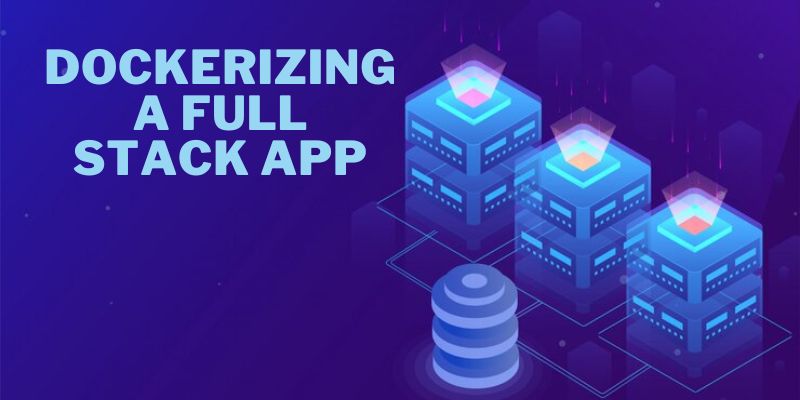Deploying full stack applications can be complex, especially when dealing with different environments, dependencies, and configurations. Docker offers a powerful solution that simplifies this process by packaging applications into containers. These containers ensure consistency across development, testing, and production. This blog post will discuss the advantages and steps involved in Dockerizing a full stack application to improve deployment speed, scalability, and reliability. If you’re looking to master these skills hands-on, consider enrolling in the Full Stack Developer Course in Trivandrum, FITA Academy, where you’ll gain practical experience in tools like Docker and more.
What is Docker and Why It Matters
With the help of the containerization platform Docker, developers can bundle their apps along with all required dependencies into small, lightweight containers. Regardless of the operating system or underlying hardware, these containers can run on any system that supports Docker.
For full stack development, where the frontend, backend, and database components often rely on different technologies and configurations, Docker helps eliminate environment mismatch issues. It provides a clean and consistent setup for everyone involved in the project, from development through deployment.
The Role of Docker in Full Stack Development
In a typical full stack application, the frontend may be built with React or Vue, the backend might use Node.js, Python, or another server-side technology, and the database could be PostgreSQL, MongoDB, or MySQL. Docker allows you to containerize each part of this stack into separate services.
This service-oriented architecture makes it easier to manage, scale, and debug individual components. You can run the entire application locally with just one command, ensuring that all services are started with their correct configurations. To deepen your understanding of this architecture and other essential deployment practices, consider joining the Full Stack Developer Course in Kochi, where you’ll gain real-world experience with tools like Docker and container-based workflows.
Benefits of Dockerizing Your Application
1. Consistency Across Environments
With Docker, the same container image can be run on development machines, staging servers, and production environments. This consistency reduces the “it works on my machine” problem and helps developers identify bugs earlier in the lifecycle.
2. Simplified Setup and Configuration
Installing all dependencies manually can be time-consuming and error-prone. Docker containers include everything needed to run a service, so there is no need to worry about installing the correct version of a programming language, library, or tool.
3. Scalability and Portability
Containers can be easily deployed across cloud platforms and container orchestration systems like Kubernetes. This makes it easier to scale full stack applications as demand grows and to move applications between providers if necessary.
4. Improved Team Collaboration
When everyone on the team works in the same environment, it becomes easier to collaborate and resolve issues. Docker ensures that all developers, testers, and DevOps engineers are on the same page.
Dockerizing a Full Stack Application: A High-Level Overview
Although the technical steps involve creating configuration files and managing services, the core idea is straightforward. You begin by defining the services your application needs, such as the frontend, backend, and database. Then, each service is placed into its own container.
A configuration file helps define how these services communicate with one another. This setup makes it easy to start, stop, and rebuild your entire stack in seconds.
Once everything is containerized, the full application can be pushed to a container registry and deployed to a cloud platform or a virtual machine that supports Docker. The process is automated, predictable, and highly repeatable.
Common Use Cases and Real-World Examples
Docker is widely used in modern web development. Startups use it to accelerate development and minimize infrastructure costs, while large enterprises leverage Docker to manage microservices and ensure consistent delivery pipelines. Whether you are hosting an e-commerce platform, a social media app, or a SaaS product, Docker fits naturally into a full stack workflow.
Dockerizing a full stack app is a smart step toward more efficient development and smoother deployments. It allows teams to work in consistent environments, simplifies configuration, and enhances portability across systems. Whether you are developing a small project or a large-scale application, Docker can save time, reduce errors, and make your deployment process more robust. To gain hands-on expertise in Docker and other key tools used in modern web development, explore the Full Stack Developer Course in Hyderabad, designed to equip you with real-world skills for today’s tech industry.
As more companies adopt container-based infrastructure, understanding how to Dockerize your applications is becoming an essential skill for full stack developers. Start with a simple app, practice building containers for each layer, and explore how Docker can transform your development workflow.
Also check: What Role Does Full Stack Development Play in Modern Tech?

